
Jack Hoxie performed on screen, in circus
By David Maurer Published: November 15, 2010
One can imagine the excitement in the voices of Charlottesville school boys as they helped spread the news.
Jack Hoxie is coming to town, no fooling, they might have said with breathless excitement. And hes bringing Scout and Golden Stallion with him.
The latter reference was to the trick horses the famous cowboy had trained and rode in many films. Those two mounts, as well as two others named Fender and Dynamite were nearly as well known as the matinee idol.
These days the name Jack Hoxie will likely elicit little more than a blank stare from most folks. But back in April 1934, when circus flyers were being tacked up all around town announcing his impending arrival, it was a different story.
Although Hoxies film career was over by then, neither he nor his countless fans were aware of it. He thought he was simply taking a break from the picture-making routine, and going back to his performance roots.
Hoxie was coming to town as the reigning star of the Downie Brothers Circus. His name alone would ensure a good attendance for his scheduled two appearances.
The handsome cowboy with the cleft chin and piercing eyes was born John Hartford Hoxie, Jan. 11, 1885, in Kingfisher Creek, Okla. His father, a veterinarian, had been killed in a horse accident just weeks before his birth.
Hoxies mother was half Nez Perce Indian, and the strong Indian features he got from her would help him land his first movie role. Soon after giving birth, the young widow left for northern Idaho to find a new life for her and her son.
This was cattle country and Hoxie went to work as a cowboy and ranch hand as soon as he found someone willing to hire him. He had a special talent for training horses as well as the necessary patience.
Like many cowpokes of that era he supplemented his income by competing in rodeos. He also did some trick riding, which in 1909 caught the eye of Dick Stanley.
Stanley was part owner of a wild west show. He offered Hoxie a job as a trick rider, and the young cowboy took him up on it.
Hoxie loved performing with his horses and stayed with the show for four years. He would have likely stayed longer if a Hollywood scout hadnt noticed him in 1913.Years before A decade earlier a 12-minute film titled, The Great Train Robbery, had established a milestone in cinematic history. Almost single-handedly that film introduced an entirely new form of entertainment to the American public a movie genre that became known as the Western.
By 1913, the shoot em ups had proven they could consistently generate box office gold. Hollywood was churning them out nearly as fast as cameras could film them, and handsome cowboys with riding skills were in demand.
Hoxies first role was as Big Eagle in the 1913 Western short titled, The Tragedy of Big Eagle Mine. In this film, and all those that followed up until 1919, he was billed as Hart Hoxie.
These were silent films so the emphasis was on action, and plenty of it.Hoxie was one of the finest horsemen to ever appear in films, and during the silent era, this easily overcame any shortcomings he may have had as an actor.
Even during these formative years when actors and filmmakers were learning their craft largely through trial and error, Hoxie instinctively realized something important. He knew that many of the kids watching him perform on the silver screen would see him as a role model, and he took that responsibility very seriously.In his films In all his films some accounts put the number as high as 1,200 hes portrayed as a good, honest man. And its been reported that he is never seen taking a drink of liquor or smoking a cigarette in a film, although one of his publicity photographs shows him preparing to roll one up.
By 1919 when the movie posters started billing him as Jack Hoxie, his flower of fame was ready to bloom. During the Roaring 20s his popularity earned him equal status with the great Western stars of the day such as Hoot Gibson, Tom Mix and Buck Jones.
In 1923 Universal Pictures inked a contract with Hoxie, and this led to his starring in major motion pictures. In 1926 he landed what he considered his best role, portraying Buffalo Bill Cody in the film The Last Frontier.
Although Hoxie couldnt have known it at the time, the last chapter of his film career would soon be playing out as well.
Next: Into the sunset.
From: The Charlottesville, VA Daily Progress

























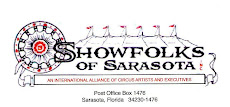















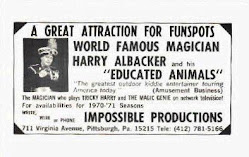

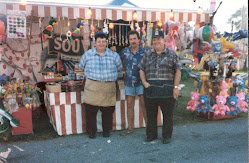




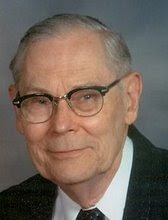
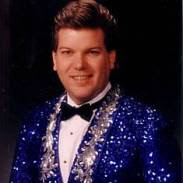




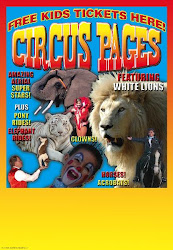

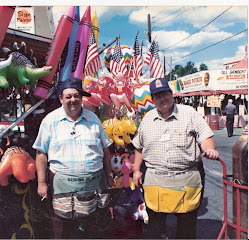
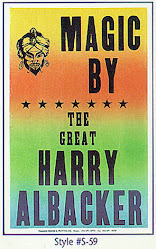











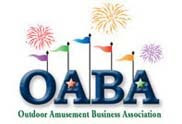



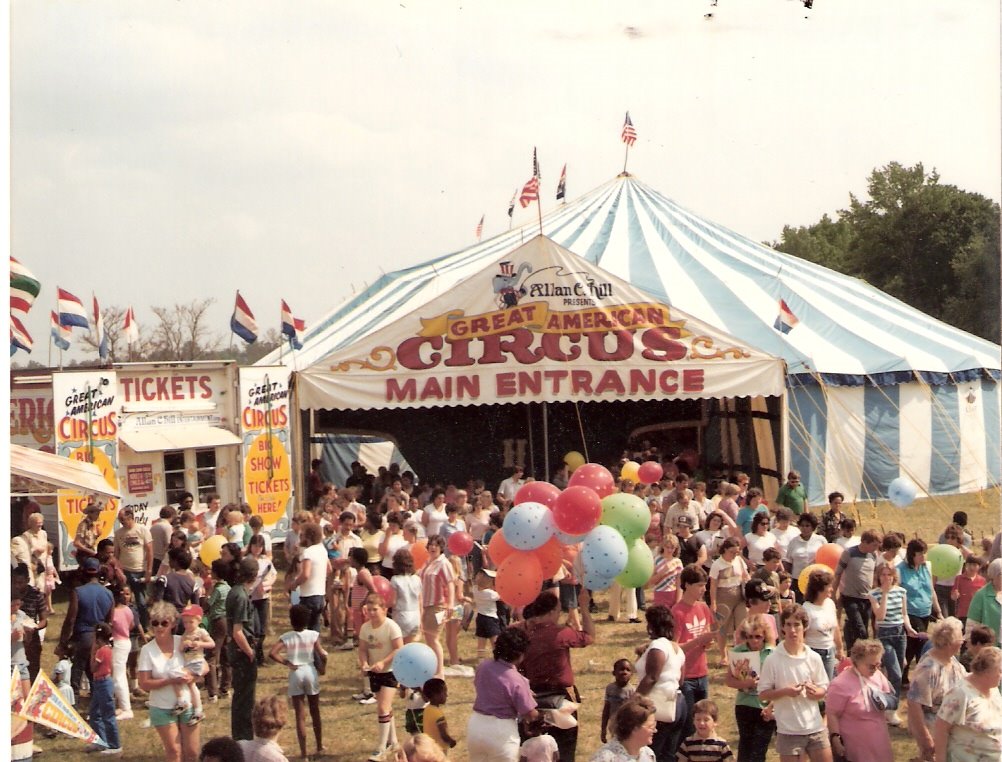









No comments:
Post a Comment